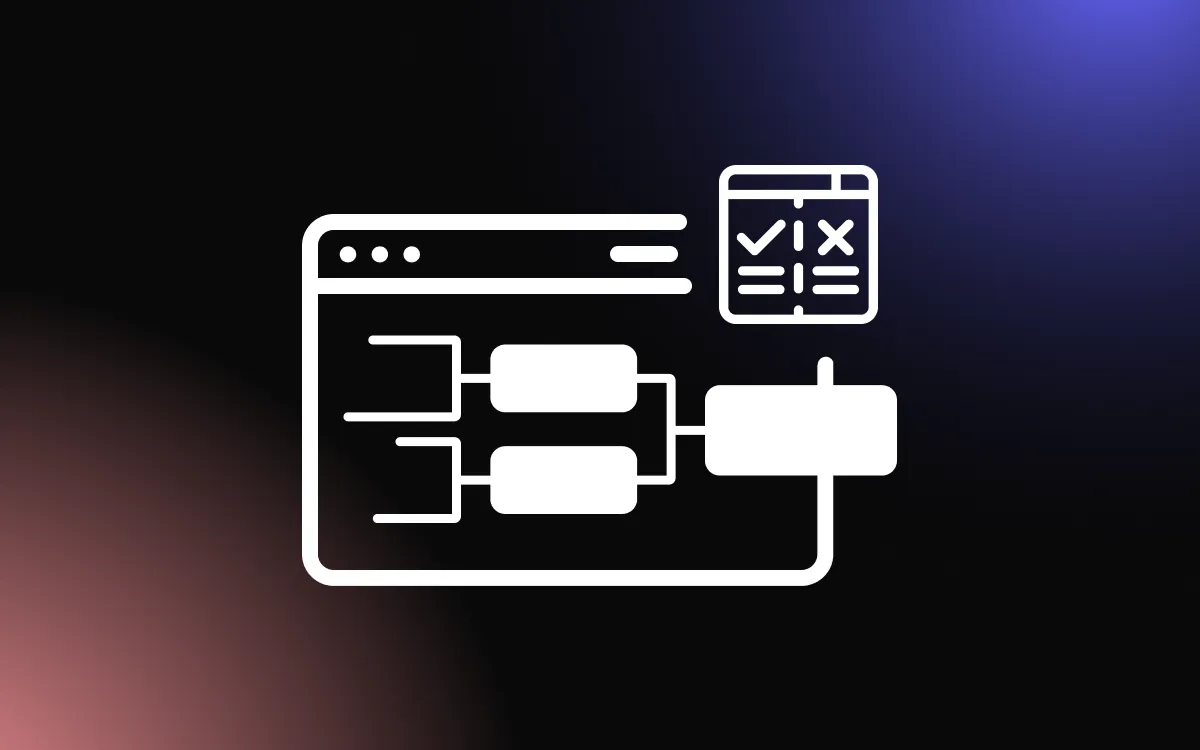
Popular tabletop card games are not unlike eSports. With international tournaments and a plethora of online content. Among such games are Magic: The Gathering and Pokemon TCG. A relative newcomer to this scene is KeyForge, a Unique Card game with a twist.
The KeyForge player base has been growing steadily, though the expansion of the community was somewhat impacted by a Pandemic (not the boardgame) in 2020. Fortunately, the KeyForge community has risen to the occasion and provided players with platforms and organized events to continue playing KeyForge online.
If you’re a newcomer to the world of KeyForge, this post will introduce you to the history of the game, detail the rules of KeyForge, and provide you with all you need to start playing (minus a deck).
What is KeyForge?
KeyForge is a unique card game that was designed by Richard Garfield under a different name and later rethemed, developed, designed, and published by Fantasy Flight Games. While Richard Garfield remained involved in the design of the first two sets, he now plays a small role in the process.
Unlike the vast majority of strategy card games, KeyForge does not allow deck building. For example, Magic: The Gathering is based around the idea that you have a collection of cards, and you use those to construct your deck. You can then adjust the deck as you acquire more cards or feel some might work better. As a new player, this can be a daunting exercise, especially if you wish to play at local or global competitions.
When you buy a KeyForge deck, you get one that is unique in the entire world. No other deck will have that specific combination of cards, and in all likelihood, not even something similar. It creates an even more personalized experience by generating a unique name and archon art, giving each deck an identity. And since you can’t modify it, you simply have to play it as it is.
In KeyForge, instead of constructing a deck, you discover it. Each deck is made up of three houses, and each house is made of 12 cards. Rarer cards show up less often but aren’t more powerful by design, instead, they are simply more unique, flavorful, and possibly a little more challenging to play.
This is not to say players don’t go out collecting many decks. Opening new decks is affectionately called “popping freshies”, and is it as exciting as it sounds. Some players have huge collections, while others make sure to slim down their collection. This is known as leanforging.
How to play KeyForge: KeyForge rules 101
The first thing you need to know about KeyForge, especially if you’re coming from other strategy cards games, is that KeyForge is a race, not a brawl. That is to say, using your resources to fight doesn’t often bring you closer to your objective.
The second thing to remember is the number of cards you can play each turn. The number of cards you can play is limited only by your house choice and hand size. This means that cards are the main resource you spend. Unlike other games where cards are resources, in KeyForge you always fill your hand back up to your maximum hand size. So for each card you spend, you get a replacement card at the end of your turn.
The objective of KeyForge
The first player to forge three keys wins the game. To forge keys a player needs to acquire Æmber. There are two main ways to acquire Æmber. The first is by simply playing cards with bonus Æmber pips printed on them.
The second is by reaping Æmber with creatures. Every creature (by default) can be used to reap Æmber. This is similar to how you attack your opponent with creatures in other games. The difference is that creatures generate 1 Æmber by default, regardless of their power.
If at the beginning of a turn a player has 6 or more Æmber, they must forge a key. If it is the third key that the player has forged, they win the game!
The flow of a turn in KeyForge
1. Forge if you can
The first thing to do every turn is to check if you have 6 Æmber. If you do, you forge a key. You do so by spending the Æmber and then flipping a key from its unforged to its forged side. Make it a habit early to say out loud: “I forge my first key for 6 Æmber and have 2 left.” and then flip the key. Trust me, forgetting to flip a key is a common mistake. If you say it out loud you won’t forget.
2. Pick a house to play
Next, you pick a house to play this turn. During a turn of KeyForge, you may only use and play cards of your active house. This is the most important choice you will make during a turn. A common heuristic often cited in KeyForge is to count the number of cards in your hand plus the number of cards on the board in each house and play the highest count.
3. Play your cards
Using and playing cards can be done in any order. You must fully resolve all of a card’s abilities before moving on to the next. When playing cards, first resolve any pips printed on the top left. Then resolve each sentence on the card one at a time.
In the case of Gongoozle you would first gain 1 Æmber. Then you would choose a creature to deal 3 damage to. After resolving the damage, you will check if it was not destroyed, and if it wasn’t then the owner of the creature will discard a card from their hand at random.
If you play a creature, you will have to choose which flank of your battleline to play it. The battleline’s function is to denote which creature is on a flank (the edges of the battleline) and which creatures are neighboring.
This is important for some effects, such as Positron Bolt. But is not inherently meaningful without card effects.
In KeyForge you use cards by exhausting them, and when you play creatures and artifacts they come into play exhausted. This means they can’t be used on the turn they come into play.
There are three main ways to use creatures. The first is Reaping, which we discussed. The second is Fighting, which is to use your creature to exchange damage with any creature your opponent controls. You signify this by adding damage tokens to each creature based on the power of the opposing creature.
Notice that creatures in KeyForge don’t have hit points. They are in fact equal to their power. As such, they are destroyed any time the number of damage tokens on them exceeds or is equal to their power.
Lastly, some creatures and some artifacts have Action abilities. These are ways to use creatures that aren’t reaping or fighting, and the way to use Artifacts. There is also Omni, which is simply an Action that can be used even if the Creature or Artifact is not of the active house.
Novu Archaeologist is a good example of a creature with an Action ability, and also allows me to touch on the Archive. The Archive is an out of play area. A player may look at their face down Archive at any time, but not their opponent’s. At the beginning of your turn, after choosing a house, you may take your entire Archive into your hand. There is no way to put cards into your Archive without card effects like Novu Archaeologist.
4. Complete your turn
The last two things you would do in a turn would be to ready all your cards and draw cards back up to your maximum hand size, which is 6 unless a card effect modifies it.
That covers the basics of the game and should be enough to let you play a test game. The QuickStart rules cover some more of the basic rules, and there are of course also the complete rules, both of which can be found here. I recommend this page on Archon Arcana as a more readable format, especially in a browser.
Where to play KeyForge in 2021
Back before the pandemic, I’d strongly encourage you to find a friend, buy a starter set together and get forging. But these days it is much harder to recommend any kind of in-person play. While there is no official online platform to play KeyForge, there are two fanmade alternatives, one very popular, and one better for learning to play.
The Crucible Online (TCO for short) is an online platform that enforces KeyForge game rules. It is built on top of the open-source jinteki engine, an engine built for Android Netrunner, another fantastic design by Richard Garfield. The crucible online is probably the best place for veterans to play KeyForge, but the fact the game knows the rules makes it harder for new players to pick up.
For new players, I usually recommend LockSmelt, a module for Tabletop Simulator on Steam. Tabletop Simulator, as its name may suggest, simulates an actual tabletop experience. It does not enforce rules, so the players have to resolve all the interactions just like in a live experience. The downside is that it is not free, and finding opponents is a little more challenging.
Both of those platforms require you to import a deck from the Master Vault. Every deck comes with a QR code. When anyone scans a deck for the first time it is “discovered” and added to the vault. There is no real ownership of decks in the Master Vault, although only decks you have scanned will show up in your collection. You can scan decks you’ve bought and then play them online, or you can access one for the 2.1 Million scanned decks and use it to try the game out.
If you’re looking to run a KeyForge tournament of your own you will most likely need a bracket maker. To make single and double elimination brackets, as well as round robin tournaments, you can use CommonNinja Bracket Maker. It lets you create customizable and interactive tournament brackets you can easily share with players and team-mates.
Forging ahead: Beyond KeyForge rules
Regardless of which platform you choose to play on, a community is a great way to find players to teach you the game. KeyForge communities are heavily concentrated on Discord, and I would recommend checking out the Sanctumonius-Timeshapers Discord for a friendly welcoming community. If you prefer Reddit, then there is a dedicated subreddit to the game. Or you could join the Facebook group.
KeyForge content comes in many forms and targets many different audiences. If you’re looking to get better at the game: Bouncing Deathquark podcast is an excellent resource. For those who prefer articles, you can find a lot of content on Timeshapers and even an article conveying the concepts outlined on Bouncing Deathquark.
If you’re looking to watch some live play, check out Tabletop Royale, two roommates that regularly play on stream. For high-level play, there is the KeyForge Premier League who runs a top-level competitive league and also monthly tournaments. The KFPL stream is a great place to watch the best players duke it out.
Lastly, if you want to learn more about the game, there is no better resource than Archon Arcana. Here you can find every card in the game, see associated rulings regarding the cards, read essays, and even look up your deck to learn about all the special interactions of the cards in it. For a more complete list of resources, look no further than the Links and Resources page.


